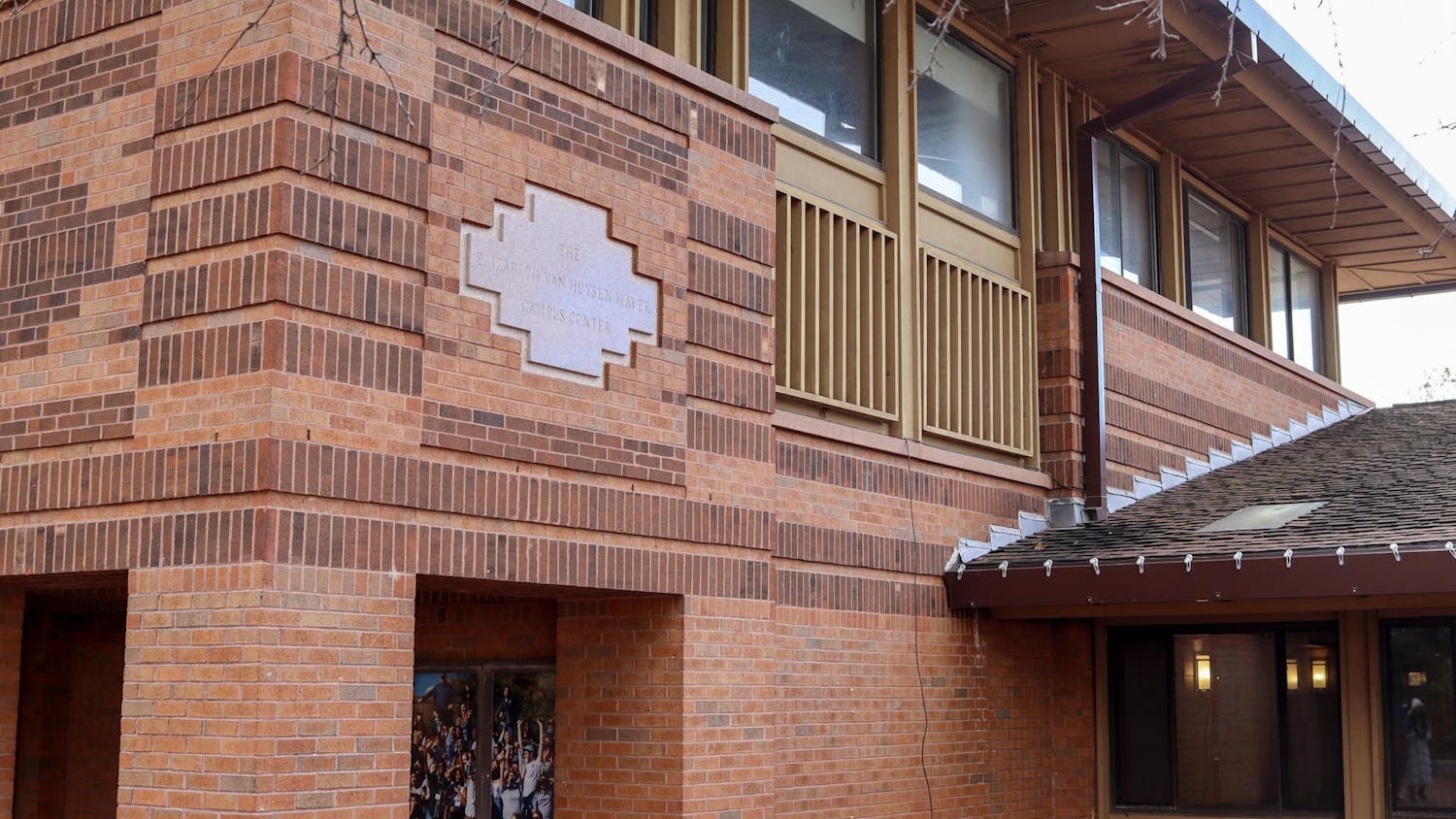Since I got a text message lauding my pretty bad cherry pie joke in my last column, I thought I'd stick to the subject. No, I'm not talking about the upcoming American Pie movie, even though someone on St. Patrick's Day told me I look like Jason Biggs. This column is going to be about Raspberry Pie. I mean, Raspberry Pi.
The technical details of Raspberry Pi are very simple. In short, it's a really small, really cheap computer. Specifically, it has a 700 MHz processor, 256 MB of RAM and two USB ports, and it uses an SD card (like a camera) instead of a hard drive. It doesn't come with Wi?Fi, a keyboard or a monitor (though it can also plug into a TV). It also runs the free but less popular Linux family of operating systems. However, it's the size of a credit card (only a little bit taller) and costs $35 (or $25 for one less USB port and no Internet whatsoever).
Despite the price, this isn't the sort of thing that the average consumer probably wants to buy. At first glance, it sounds like a toy for geeks to play around with, similar to an Arduino board (a small microprocessor that people have programmed to control just about every other electronic device imaginable). However, it has a very different target audience than the Arduino: students.
The project was inspired by a British computer from the 1980s, the BBC Micro, a staple in many British schools during that decade. Its distinguishing feature was that it was designed for programming using the BASIC language.
However, at the time, the education community felt that programming was not the most important skill that students should learn on computers. From then on, schools taught students how to use word processors and spreadsheets. In fact, many schools that offer computer classes have hired teachers who don't know how to program to teach those classes.
Equally important, of course, was the cost. Raspberry Pi is attempting to take advantage of the well?noted, regular decrease in price and increase in power of computing hardware (see: Moore's Law). Additionally, the fact that the computers use the free Linux operating system family keeps the costs down.
However, Linux isn't compatible with popular programs like Microsoft Word. These computers are capable of running similar programs and accessing the Internet, but the real reason to buy them is still programming. Thus, schools save money in the short run but have to make the long?term investment of hiring a qualified teacher. Hopefully schools are willing to make this very worthwhile investment.
The fact of the matter is, most kids who have grown up with computers will figure out spreadsheets and how to check their email relatively quickly. And as programming becomes more and more lucrative, it becomes more and more advantageous for kids to get an early start, especially for those in countries like the United States or England who can't compete with many other countries' cheap physical labor. In fact, England has been seriously considering making its high school computer courses focus more on programming.
The Raspberry Pi could also help students in other subjects. For one thing, programming helps foster the precise analytical thinking required in most other fields. But more importantly, it enables many schools that could not afford computers (or could only afford a few) in the past to have computers for almost every student. This would enable students to do research on the Internet and even facilitate automated learning, enabling students to learn at their own pace and teachers to deal more with helping and encouraging students instead of lecturing.
All in all, the Raspberry Pi is a worthwhile purchase for schools.
--
Ben Schwalb is a member of the Class of 2012 who majored in computer science. He can be reached at Benjamin.Schwalb@tufts.edu.





